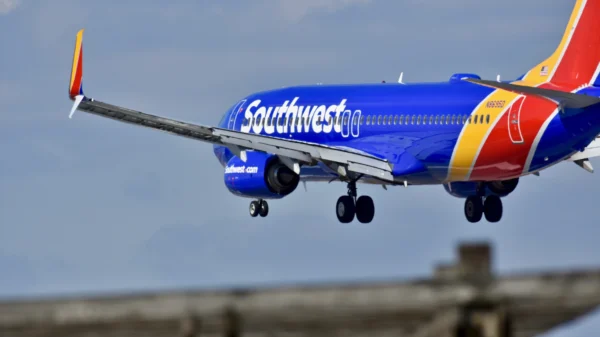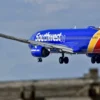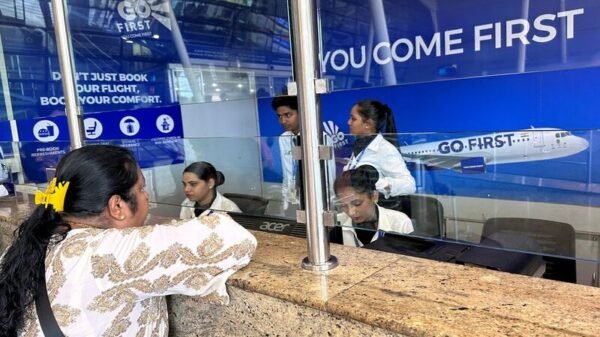Lufthansa’s (LHAG.DE) minority position in Italy’s loss-making ITA Airways fuels a wave of consolidation in Europe’s fragmented aviation business that might include mid-tier national carriers.
The German group’s ability to make Alitalia’s successor viable will set the stage for large airline corporations to acquire more national carriers that have fallen prey to competition.
“It’s further evidence that consolidation in the European airline industry is continuing and in my view necessary,” Lufthansa CEO Carsten Spohr said of the deal last week.
“Success depends on scale and the ability to combine the strength of our operations under one roof.”
Portugal’s TAP, bailed out by the government during the pandemic, and Scandinavia’s SAS (SAS.ST), emerging from bankruptcy, has battled to compete with Ryanair (RYA.I) and Wizz Air (WIZZ.L).
Lufthansa, Air France-KLM (AIRF.PA), and IAG (ICAG.L) have prepared proposals for TAP as the Portuguese government sells it.
“You’ve got a lot of other carriers who are only there because of the perceived need to have a national flag carrier – and they probably find life quite difficult,” said aviation analyst James Halstead, managing partner at Aviation Strategy.
Analysts predict that Lufthansa, Air France-KLM, and IAG, which acquire smaller national carriers, and low-cost carriers like Ryanair will dominate the market in the future.
“The Lufthansa-ITA deal is an operation that follows the logic of the last 25 years in the aviation world in Europe, which involves increasing integration of these regional-national carriers,” said Andrea Giuricin of TRA Consulting.
TRA Consulting data show that in 2018, the top five European airlines, including Lufthansa and Ryanair, owned 50% of the market. Still, in the US, where operators consolidated earlier, the big airlines held 86%.
Analysts warn that individuals not absorbed by the three main groupings are more at risk of disappearing.
“They wont be able to grow as others will and therefore lose share and lose attraction and trundle on until they die,” Halstead added.
Next week’s IATA annual gathering in Istanbul will discuss Lufthansa’s merger and others like Korean Air Lines’ takeover of Asiana Airlines.
As low-cost carriers expand rapidly in Italy and Eastern Europe, turning around a faltering airline is difficult.
Analysts predict consumers would prefer low-cost carriers as carbon prices rise and flying becomes more expensive, making it difficult for big companies to rescue struggling mid-level airlines.
Analysts said pressure on European carriers to adopt sustainable aviation fuel (SAF), five times more expensive than ordinary gasoline, will likely drive cost-conscious consumers to budget carriers.
Lufthansa’s biggest difficulty in ITA will be competing with Ryanair’s roughly 40% market share in Italy, Europe’s third-largest market, and offering enough mid- and long-haul route alternatives.
Ryanair and Wizz Air compete for Eastern Europe’s developing economies and market share.
“In Poland, we’re well ahead of (local airline) LOT and we expect to stay there for some time, we continue to grow in the Czech Republic, continue to grow in lots of other eastern European countries, and we see more opportunities in that neck of the woods,” said Ryanair’s Chief Financial Officer Neil Sorahan in May.
After years of losses and failed Alitalia reforms, the Italian government sees Lufthansa as ITA’s last option.
“In a market like aviation, staying alone is a delusion. Last Monday, Italian economy minister Giancarlo Giorgetti claimed a national interest would be preserved.








































Comment Template